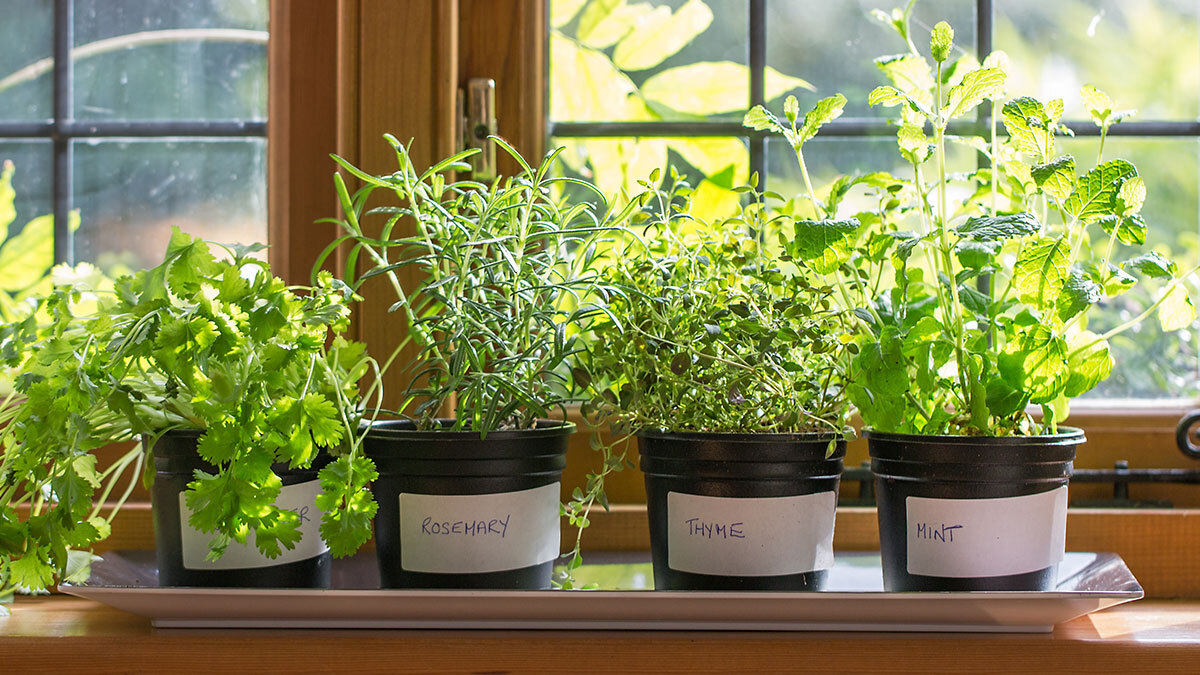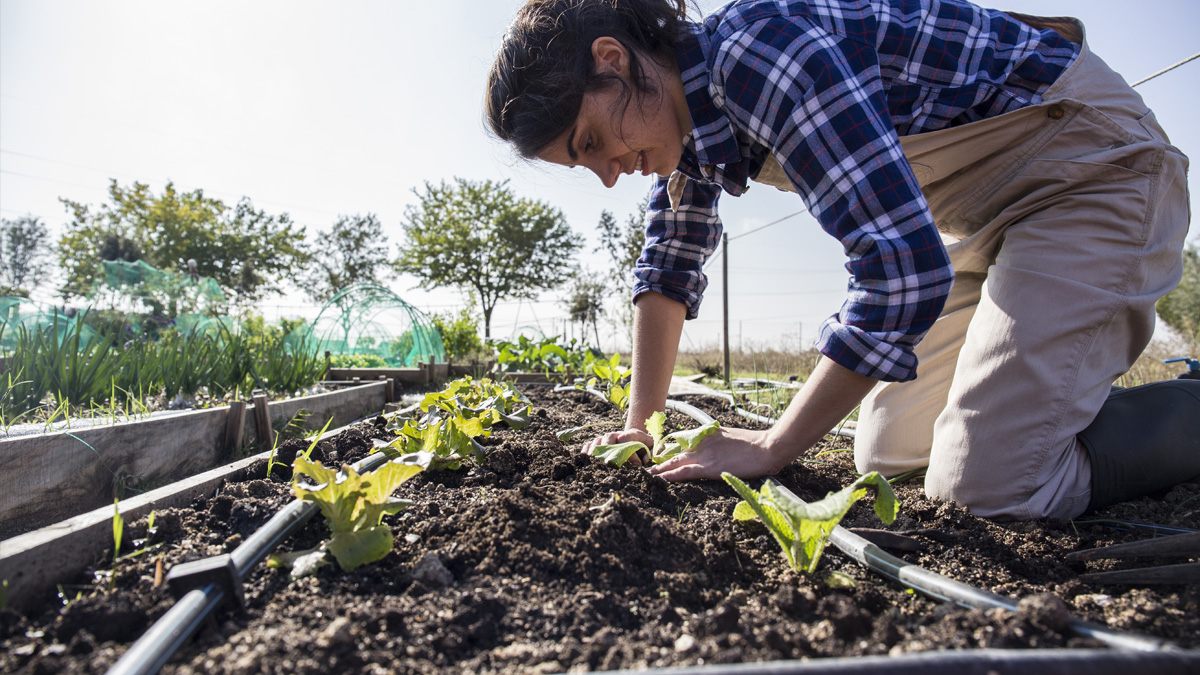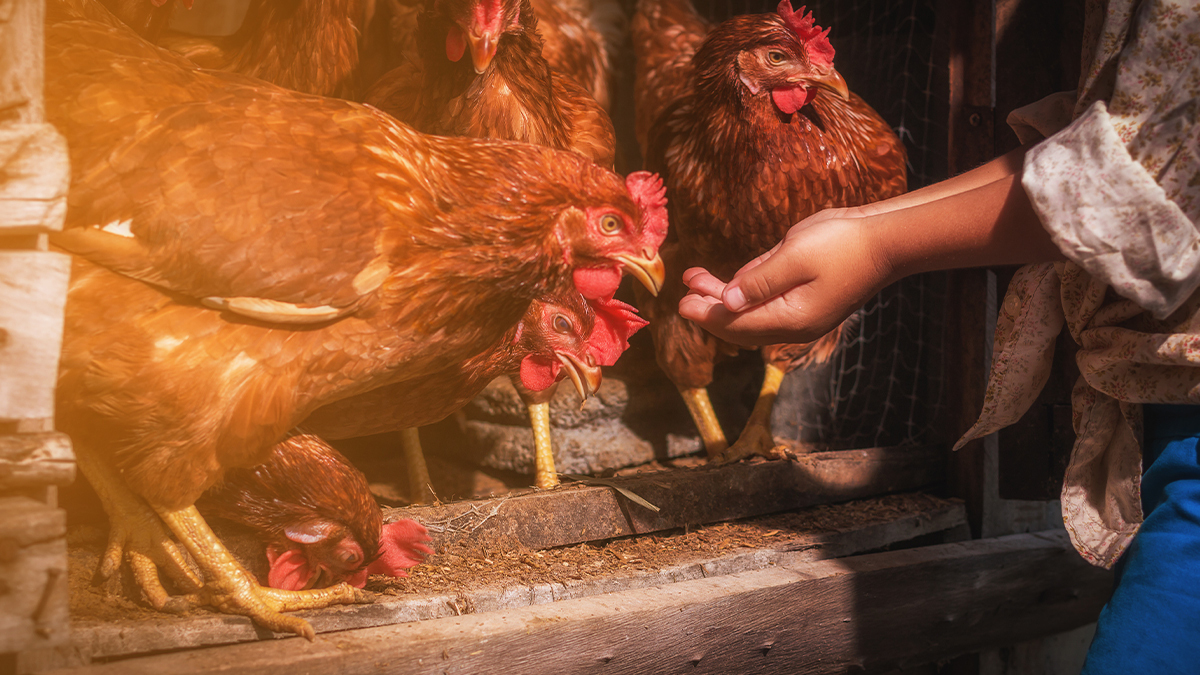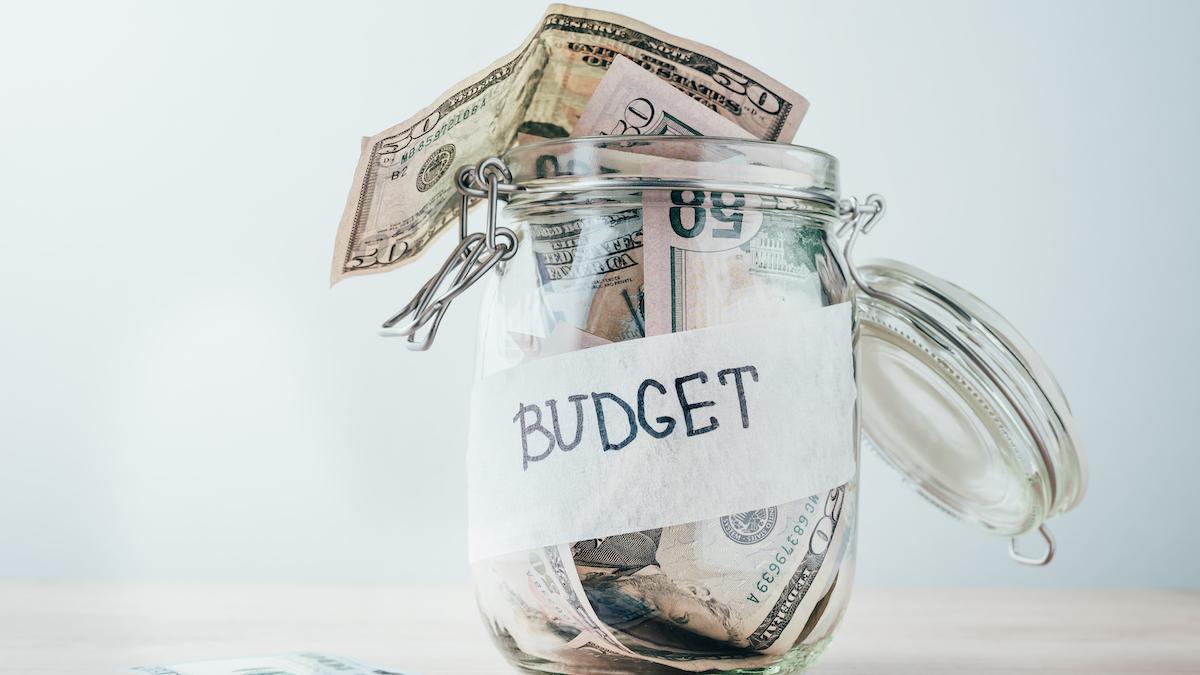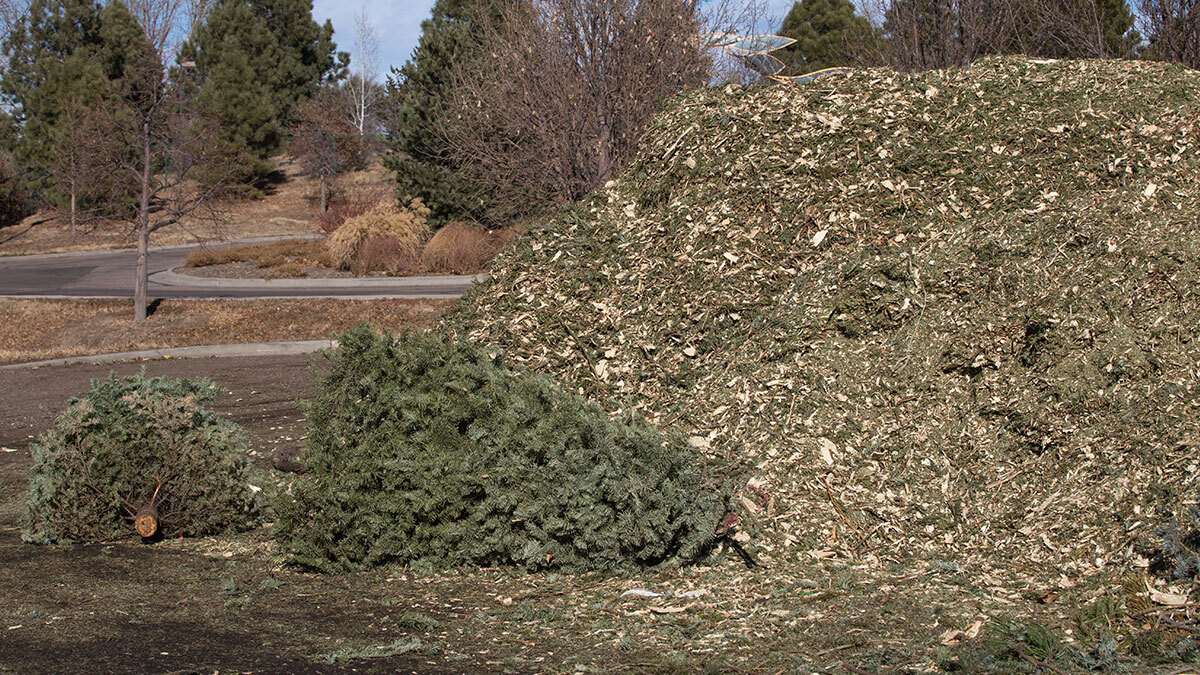on
If you ask people how much land you need for backyard homesteading, you’re going to get a lot of different answers.
A common response is approximately 1 acre of land per person on the homestead.
But, according to Zippia, “The average acreage of property in the U.S. is 10,871 square feet, or a quarter of an acre.”
In other words, most Americans don’t even own one acre of property – let alone multiple acres.
That may discourage those who dream of homesteading.
Don’t let it!
It is possible to enjoy backyard homesteading if you live in the suburbs with neighbors or even an urban apartment complex.
The goal of backyard homesteading is to take what you have and use it to make yourself more self-sufficient.
Sure, you can’t grow corn, but you can grow produce to feed your family.
You may not be able to milk a cow, but you can raise your own meat.
You may not have a pond on your property, but you can collect your own rainwater.
Keep reading to discover 12 ways to embrace backyard homesteading when you live in urban or suburban areas.
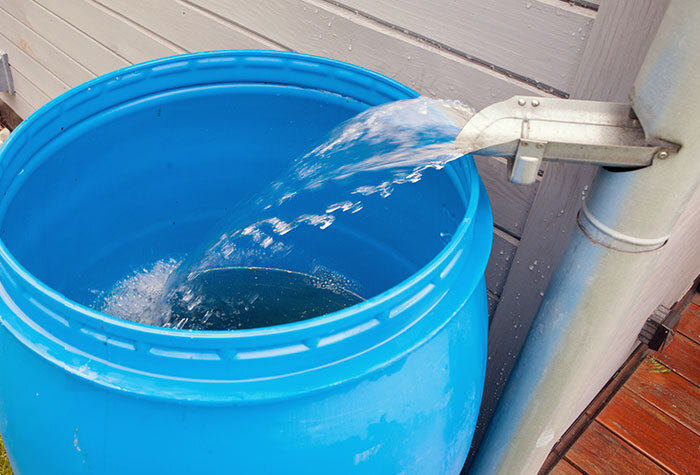
1. Collect Rainwater
Whether you have a backyard to run around in or just a small space, you can collect rainwater.
Set a rain barrel near your gutter and collect the rainwater as it falls.
While you cannot use this water as drinking water without filtering it, you can use it for watering your plants.
2. Start Composting
Anyone, no matter the size of their backyard, can compost.
You can even compost indoors in an apartment!
Composting is great for the environment and great for your soil.
There are many different types of composting beyond traditional composting, such as worm farming and Bokashi composting.
3. Create a Garden for Your Backyard Space
Backyard homesteading involves growing food according to your space.
Everyone’s gardens will look different. They will depend on multiple factors, including space, climate, sunlight, and food tastes.
For those in urban areas, container gardening may be the best choice.
For those with a little more backyard space, you may be able to utilize raised beds.
The key here is to grow what your family wants to eat and what you can grow in the space you have.
4. Grow Kitchen Herbs
In addition to growing fruit and vegetables, start a kitchen herb garden on a sunny windowsill.
In addition to herbs for cooking, you should also consider growing herbs for medicinal purposes.
The more things you can grow yourself for first aid and colds, the less you will rely on people or stores outside your home for caretaking – one of the goals of homesteading.

5. Try Vertical Gardening
Backyard homesteading should focus on making the most of your space.
One way to do so is to try vertical gardening.
Rather than raised beds, which take up needed space, you can grow food vertically near fences and walls.
6. Extend Growing Seasons
It is also wise to consider your growing season.
If you want to grow food for your family all year long, you are dependent on the climate and different growing seasons.
That is, unless you extend the growing season and install a greenhouse in your backyard.
[Related Read: A Homesteader’s Guide to Greenhouse Gardening]
You may also want to consider growing some of your food indoors with the right equipment.
7. Make the Most of Your Landscaping
We can’t emphasize this enough – backyard homesteading is all about making the most of what you have.
This includes your overall landscaping.
Take time to carefully consider your backyard homesteading landscaping plan.
For instance, is there space to plant fruit trees in addition to your garden?
Can you plant edible hedges or berry bushes to border your land?
Add gardening features, such as trellises and arches, that beautify your backyard space and allow you to grow even more.
Everything you add to your backyard space, from gardens to chicken coops, should be carefully considered to maximize your space.
8. Cook Outdoors over a Fire Pit
A great way to improve your backyard environment and boost your homesteading skills is to build an outdoor firepit.
Not only will this be a fun place to hang out, but it will also serve as a place to get warm and cook.
If you have an outdoor fire pit, you can cook most food outdoors, which is important if you lose power in an emergency.
You can even bake bread over an outdoor firepit using a Dutch oven.
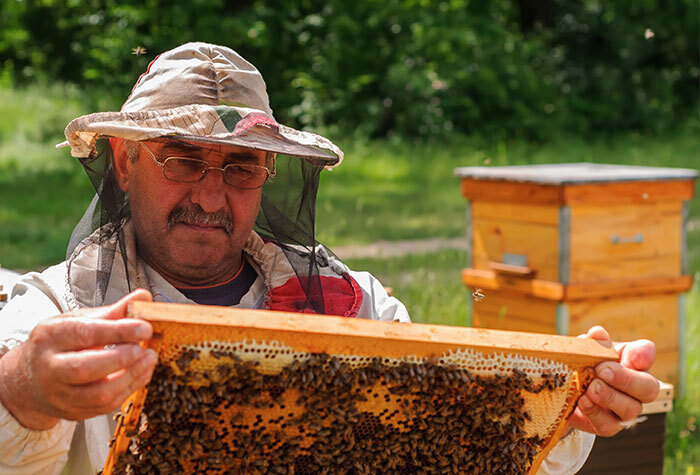
9. Keep Bees
Bees are great for pollination and honey – two things that make homesteaders very happy!
You don’t need a lot of space to keep bees, which makes it ideal for backyard homesteading.
You only need about five feet of space around each side of the beehive.
Note – Be sure to check local regulations regarding beekeeping. While you don’t need much space to keep bees, some cities have space requirements, such as keeping hives at least 15 feet from property lines.
[Related Read: Get a Productive Beehive Going in a Few Short Weeks]
10. Add an Egg and/or Meat Source
When people think of homesteading, their thoughts almost always include raising animals as a food source.
Backyard homesteading means you may have to think smaller than a farm filled with cattle.
However, even with a small space, you have options for raising egg and/or meat sources.
Many homesteaders in suburban settings raise chickens. Just check your local regulations.
If you don’t have space for a chicken coop, consider raising quail.
They are significantly smaller and quieter. Every three quail eggs equals one chicken egg.
Quail can also be raised for meat.
Additionally, some backyard homesteaders choose to raise rabbits as a meat source because of their small size and minimal space requirements.
11. Use Grey Water
Grey water is water that has been used but isn’t considered contaminated.
This includes water from your shower, kitchen sink, or washing machine.
Instead of letting this water simply run down the drain, create a grey water collection system.
You can collect this grey water and use it for other tasks around the homestead, such as watering the lawn.
[Related Read: Grey Water Guide to a Nearly Endless Water Supply]
12. DIY Backyard Features
As you get into backyard homesteading, save all your scraps and leftover building materials.
When you need something new for your backyard, such as raised garden beds or a chicken coop, recycle your leftover building materials to build it.
Think about DIY whenever possible.
Take used glass wine bottles to create drip irrigators for your plants.
Want to start vertical gardening? What leftover material can you use to make this happen?
Get access to premium content and more!
A Guide to Year-Round Composting



